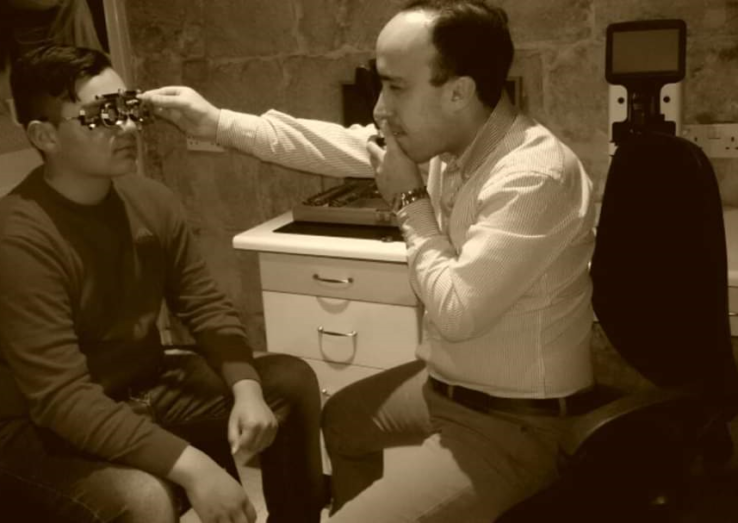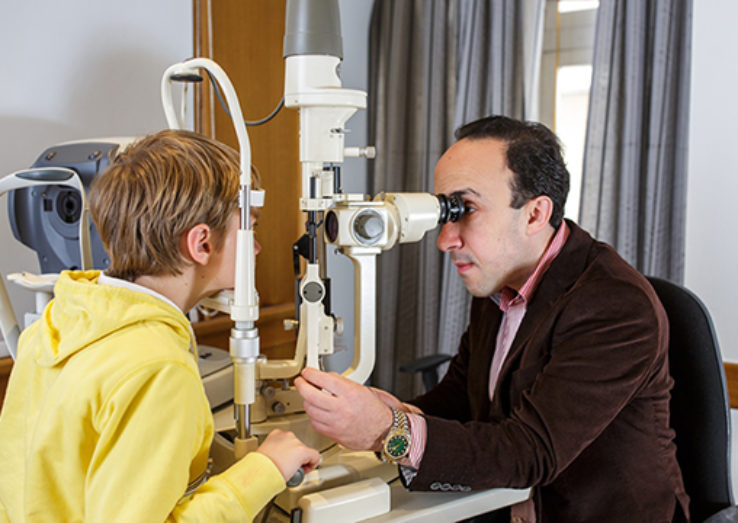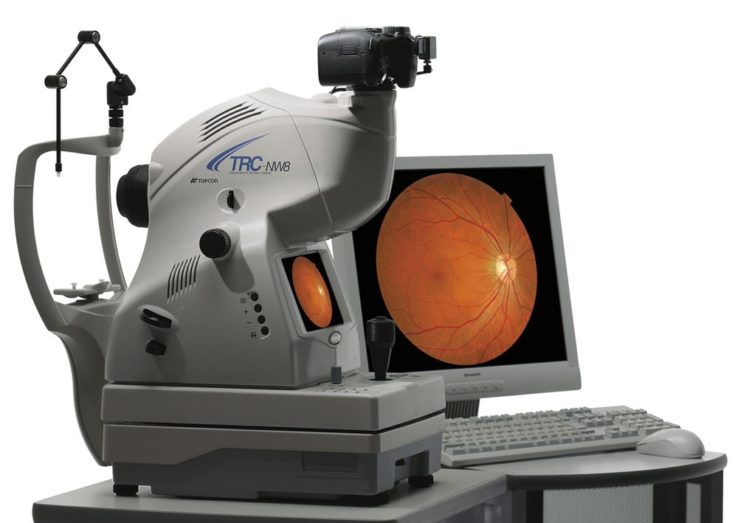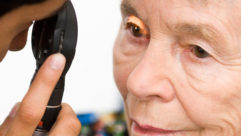| 1. |
Arriving at the Optician shop for an Eye test |
On arrival at the Optician's shop the client is welcomed by the optical assistant. He / She ensures that the customer's records are accurate and updated. It is highly recommended to remove contact lenses in ample time prior to the examination in order to obtain accurate results.
| 2. |
Patient Data & Focimetry |
During Eye examination, the first think that the optometrist will do is to ask a few questions which regard the client's health in general, family's health, lifestyle and work. It is very important for the Optometrist to have a clear idea of your vision needs, especially if a specific problem is the reason for your visit. The patient is asked also for his current prescription. If this is not available the Optometrist will measure the spectacles provided using a special instrument called a Focimetre. This is very helpful, so further deterioration of the vision can be detected.
| 3. |
Computerised Refraction & Tonometry |
After taking the history of the patient, the Optometrist will ask you to sit infront of an instrument. Normally you will see an air balloon (sometimes it will be clear and sometimes it will be blurred). Here the patient is not required to say whether it is blurred or not, the instrument will do everything itself. Afterwards the instrument is changed in the Tonometre version. Tonometre is an instrument that measures the Intra ocular pressure of the eye. With this instrument we can detect any sign of glaucoma. It blows a few puffs of air into each eye in turns. This test is very important because if undetected glaucoma can be a sight threatening disorder.
This is a technique where it does not require any patient input and is used for all patients especially infants and those who are unable to communicate. This instrument also provides information about the clarity and regularity of the ocular media and hence the anticipated level of vision.
| 5. |
Testing for Distance and near vision |
From both results of retinoscopy and auto refraction, the Optometrist can select the appropriate lenses for you. These will be put in a special frame. The patient is asked to read the letters on the distance vision chart and by making changes in the power of the lenses the optometrist will gradually achieve your best vision. When checking the distance vision, this is followed by the near vision. After the age of 40 there is greater chance that near vision spectacles are required because he/she may begin to experience difficulty in reading. If this is the case then near Addition must be determined.
The optometrist uses an ophthalmoscope to examine the retina at the back of the eye, including the blood vessels and the front of the optic nerve. This important test can detect changes which can indicate diseases such as diabetes or high blood pressure.
The slit lamp is a powerful, illuminated microscope that is used to examine the anterior surface of your eyes, the cornea, the iris and the lens.
| 8. |
Photography of the eye |
Your optometrist or ophthalmologist may want to record the appearance of your eyes so that comparisons can be made at future visits to see if there have been any changes in your condition. Photographs of the outer eye will be taken with an ordinary camera mounted on the slit lamp. When it is necessary to photograph the inside of your eye, a digital retinal photography is used. This particular type of photography is needed for certain conditions that affect the retina, such as diabetes.
At the end of the Eye examination, the optometrist will explain the findings and if there were any changes both from the health point of view of the eye and also in the prescription. The patient is encouraged to put forward any queries which he/she may have or which are unclear to them. If the optometrist considers that you would have better vision with a change of prescription, he will recommend to change the lenses accordingly.
| 10. |
Choosing your glasses |
When the Eye examination is concluded, the Optometrist will handle the patient with his new prescription to the Dispensing Optician. Then the Dispensing Optician will advise the patient what frame is recommended and he will do the necessary setting and frame adjustments.






